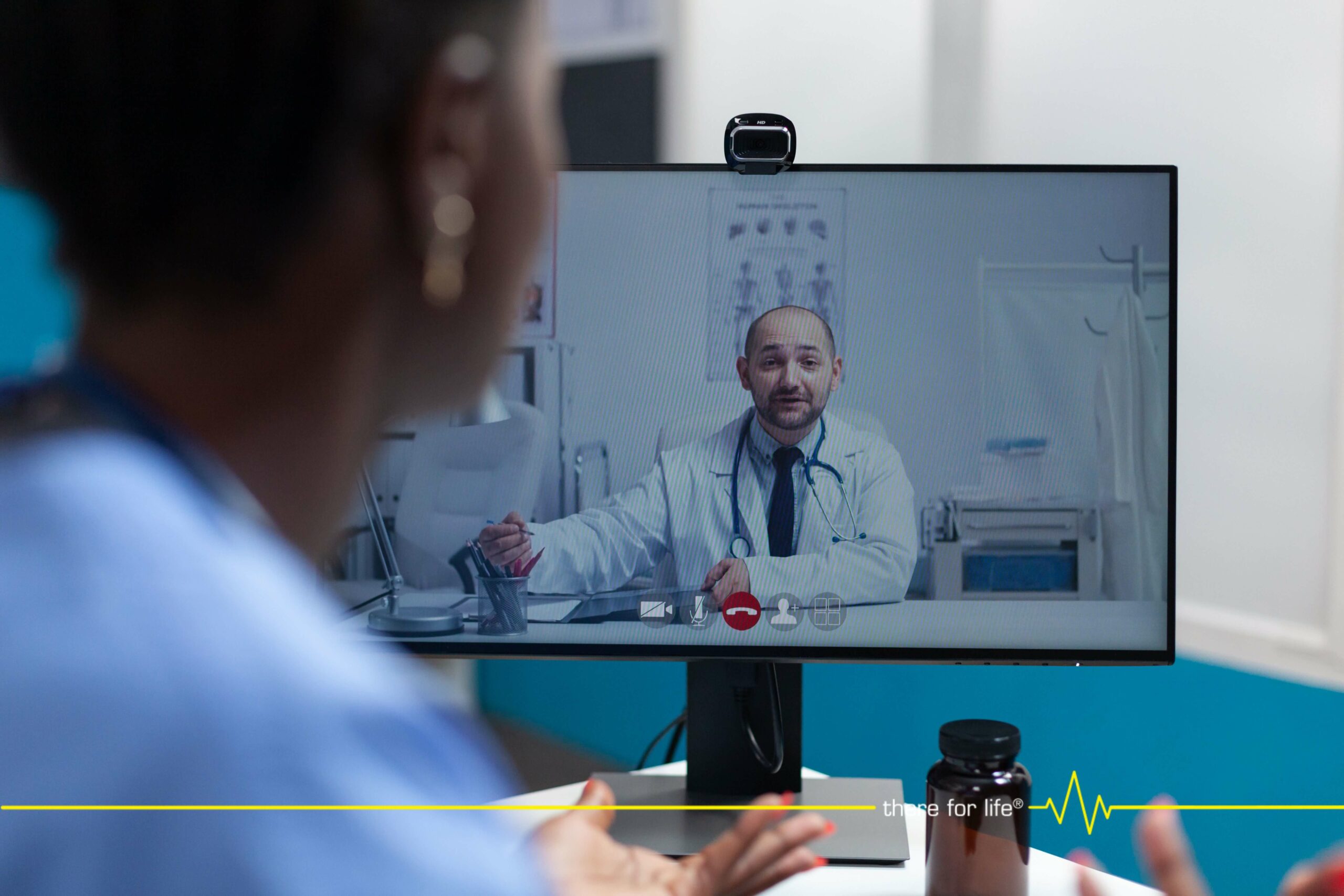In the dynamic landscape of today’s global workforce, remote project sites in Africa pose unique challenges, especially concerning the health and well-being of employees. Accessible healthcare is a cornerstone for maintaining a productive and healthy workforce, and in the context of remote project sites, this becomes even more critical. Traditional healthcare infrastructure in these areas may be limited or non-existent, so innovative solutions are needed. One such solution that has gained popularity is telehealth, which offers a transformative approach to breaking down barriers and enhancing healthcare accessibility for employees on remote project sites. Let’s examine the ins and outs of telehealth below.

The Current Landscape of Healthcare Access
Access to healthcare in remote project sites in Africa poses significant challenges, which reflects the broader healthcare landscape on the continent. Businesses operating in these areas encounter various obstacles when attempting to provide healthcare benefits to their employees. Infrastructure limitations, including inadequate transportation and communication networks, often hinder the delivery of medical services. Remote locations may lack well-equipped medical facilities and skilled healthcare professionals, making it challenging to establish comprehensive healthcare programs.
Businesses also often face challenges related to the high cost of healthcare infrastructure development in these remote areas. Establishing and maintaining healthcare facilities requires substantial financial investment, which may not be feasible for many companies operating in resource-constrained environments. Additionally, issues such as political instability, security concerns, and limited access to essential medical supplies further complicate efforts to ensure consistent and reliable healthcare services.
For employees working in remote project sites in Africa, traditional healthcare access is often characterised by long distances to the nearest healthcare facility, limited transportation options, and insufficient medical resources. These factors contribute to delayed medical interventions and reduced preventive care, impacting employees’ overall health and well-being. Furthermore, cultural and language barriers between healthcare providers and the local workforce may affect the quality of care and communication.
Many corporations have begun utilising healthcare management solutions to ensure access to quality healthcare services on these project sites. In the case of critical emergencies, injuries, or illnesses, specialised medical care and advice are often needed.
From the above, it is clear that healthcare access in remote project sites in Africa remains a complex challenge for businesses and their employees. To overcome these complex challenges, many businesses with remote project sites are using telehealth services to provide medical care to employees as part of their comprehensive healthcare management solution.
Telehealth: A Game-Changer for Remote Businesses
What is telemedicine? Telemedicine refers to using digital communication technologies to provide telemedical support services remotely. This kind of virtual healthcare consists of a range of services, including virtual consultations, remote monitoring, and telemedicine, all of which leverage technology to bridge the gap between healthcare providers and patients. In businesses with employees in remote project sites, telehealth becomes a crucial tool for ensuring access to healthcare services despite geographical distances. How does telehealth address traditional barriers to healthcare access? The answer lies in the below elements:
- Geographical Barriers – Remote project sites often lack proximity to healthcare facilities. Telehealth eliminates the need for physical presence, enabling employees to consult with healthcare professionals regardless of location.
- Limited Healthcare Infrastructure – Remote areas may have limited healthcare infrastructure. Telehealth provides a virtual bridge, allowing employees access to medical expertise and advice that might not be readily available locally.
- Time Constraints – Telehealth eliminates the need for lengthy travel to medical facilities, saving time and resources for employees working on remote projects. This is particularly critical in emergencies or for routine check-ups.
- Preventive Care and Monitoring – Telehealth enables regular monitoring of employees’ health, facilitating preventive care. Remote monitoring of chronic conditions can be implemented, helping employees manage their health proactively.
- Expert Medical Advice – In the case of an emergency, illness or injury, medical experts can provide medical personnel with advice and guidance on how to manage patient care or treatment effectively.
Benefits for Businesses and Employees Alike
Implementing telehealth services has several benefits for both the business and the employee. These include:
- Improved Productivity – Telehealth ensures that employees spend less time away from work for healthcare appointments by reducing travel time. This contributes to increased productivity and efficiency in remote project environments.
- Cost Savings – Businesses can save on healthcare-related costs, including travel expenses and potential expenses associated with employee health issues that could escalate without timely intervention.
- Enhanced Employee Well-being – Accessible healthcare fosters a healthier workforce. Employees can address health concerns promptly, reducing the likelihood of severe illnesses and absenteeism.
- Attracting and Retaining Talent – Offering telehealth services demonstrates a commitment to employee well-being, making the company more attractive to potential hires. It also helps retain existing talent by providing a comprehensive healthcare support system.
- Emergency Preparedness – In remote environments, where immediate access to medical facilities is challenging, telehealth can be a lifesaving tool during emergencies. Quick consultations can guide employees and on-site personnel on necessary first aid or evacuation measures.
For businesses operating in remote project sites, where traditional healthcare access is limited, telehealth is a game-changer. It acts as a lifeline, connecting employees with healthcare professionals, ensuring their well-being, and contributing to the project’s success. The integration of telehealth in such settings is not just a convenience but a strategic investment in the workforce’s health, well-being and productivity.

ATA International Holdings: Bridging the Gap
For a business operating on a remote project site to reap the benefits of telehealth services, it must partner with a healthcare management service provider that offers this service. One such provider is ATA International Holdings.
ATA International’s Telemedicine service provides medical assistance and resources for decision-making and case management on the project site. Our highly qualified team offers specialised medical advice and support to aid in treatment protocols, patient care, and coordination of medical emergencies. Over and above this, we can customise telehealth solutions that fit your unique project site’s specific requirements and needs.
With an extensive African footprint, working across 36 of the 54 countries on the continent, ATA International has the expertise, knowledge and experience to provide you with telehealth services and a comprehensive healthcare management solution to meet your needs.
Conclusion
With the rise of the number of remote project sites in Africa, it has become necessary to embrace telehealth not only as a practical solution but as a strategic necessity. By implementing telehealth practices and services, businesses can demonstrate a proactive approach towards employee health, emphasising the understanding that a healthy workforce is both productive and resilient. Moving forward, the incorporation of Telehealth should be seen as not just a reactionary measure to overcome challenges but as an investment in the long-term success of businesses and their employees. Learn more about our telehealth services and complete healthcare management solutions.


